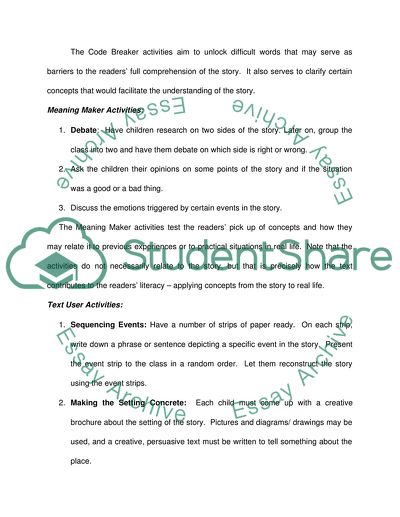Cite this document
(“Improving Reading Comprehension Through Story Reading Essay”, n.d.)
Improving Reading Comprehension Through Story Reading Essay. Retrieved from https://studentshare.org/education/1721828-learning-development-education
Improving Reading Comprehension Through Story Reading Essay. Retrieved from https://studentshare.org/education/1721828-learning-development-education
(Improving Reading Comprehension Through Story Reading Essay)
Improving Reading Comprehension Through Story Reading Essay. https://studentshare.org/education/1721828-learning-development-education.
Improving Reading Comprehension Through Story Reading Essay. https://studentshare.org/education/1721828-learning-development-education.
“Improving Reading Comprehension Through Story Reading Essay”, n.d. https://studentshare.org/education/1721828-learning-development-education.


